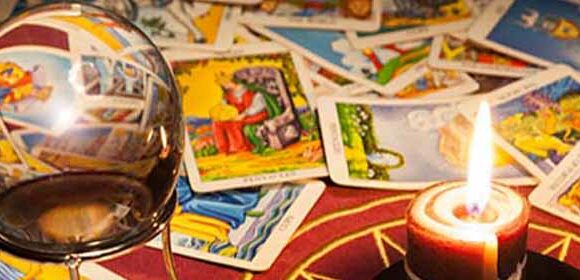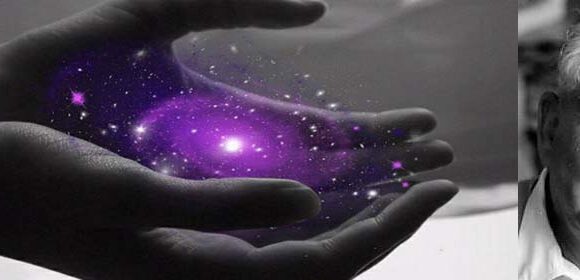In a world overflowing with noise, many seekers are drawn to the ancient art of mantra chanting. A sacred practice that quiets the mind, awakens the heart, and opens a gateway to deeper spiritual connection. Mantras are more than mere words or sounds; they are vibrational codes, passed down through centuries, infused with spiritual potency and purpose. For the sincere seeker walking the path of inner awakening, mantras serve as a powerful bridge between the outer world and the inner Self.
What Is a Mantra?
The word mantra comes from the ancient Sanskrit language, manas meaning mind and tra meaning tool or instrument. Thus, a mantra is a “tool of the mind” used to elevate consciousness, clear mental clutter, and tune into higher frequencies of awareness. It’s not just about repetition, it’s about resonance. When chanted with intention and devotion, a mantra can bypass intellectual resistance and go straight to the heart and soul.
Mantras exist in many spiritual traditions, from the Vedic and Buddhist chants of India and Tibet, to the Gregorian chants of Christian mystics, to the zikr practices of the Sufis. Each tradition understands something vital: sound is not only a method of expression but also a pathway to transformation.
The Science Behind the Sacred
Modern science has only recently begun to catch up with what yogis and mystics have known for millennia. Studies in sound healing and neuroscience show that repetitive chanting can reduce anxiety, slow the heartbeat, and even alter brainwave patterns. When chanted correctly, mantras stimulate the vagus nerve, inducing a relaxation response in the body and promoting emotional balance.
Furthermore, each syllable of a mantra vibrates at a certain frequency, activating specific energy centres – or chakras – within the subtle body. Over time, this can lead to a cleansing of deep-seated energetic blockages, allowing life force (prana) to flow more freely and harmoniously.
Why Mantras Heal the Soul
To the spiritual seeker, healing is not just about the body, it’s about alignment with truth, love, and inner peace. Mantras help to dissolve the ego’s chatter, inviting a presence that is timeless and sacred. They create a container where the soul feels held, heard, and reconnected to its divine origin.
When we chant, we are not merely repeating words; we are invoking states of consciousness. For example:
- “Om” – the primordial sound of the universe, said to contain all other sounds. Chanting Om aligns us with the pulse of creation and reminds us of our interconnectedness.
- “So Hum” – meaning “I am that,” a mantra of self-inquiry and unity. It invites the practitioner to remember their oneness with all that is.
- “Om Mani Padme Hum” – the jewel in the lotus; a Tibetan Buddhist mantra invoking compassion and the wisdom of the heart.
Each of these mantras carries within it a particular medicine, something subtle, yet deeply transformative.
Creating a Sacred Mantra Practice
For those walking the path of spiritual growth, establishing a daily mantra practice can be deeply nourishing. Here are a few ways to begin:
- Choose a mantra that resonates with your current spiritual needs. Are you seeking clarity, peace, courage, or healing? Let your intention guide you.
- Find a quiet, sacred space. This could be an altar, a corner of your room, or even a spot in nature. Light a candle, burn incense, or simply close your eyes to shift your energy inward.
- Chant with presence and devotion. Whether silently or aloud, repeat the mantra with focus. Allow the sound to vibrate through your body, feeling its resonance in your heart.
- Consistency is key. Even five minutes a day can make a difference. Over time, the mantra becomes a living presence within you, something you can return to in moments of doubt, fear, or distraction.
- Trust the process. The effects of mantra practice are often subtle but profound. You may notice greater inner calm, deeper dreams, or intuitive insights arising over time.
Mantras and the Journey Home
For many, the spiritual path is a journey of remembering. Remembering who we truly are beneath the masks, wounds, and conditioning. Mantras act as a compass on this path, gently pointing us back to our essence.
They do not require belief in a particular religion or dogma. Rather, they are universal in nature, accessible to all who seek truth, love, and union. In times of darkness, they bring light. In moments of fear, they offer grounding. And in the stillness they create, we can hear the whispers of the soul.
Final Thoughts
The healing power of mantras lies not just in the words themselves, but in the sacred intention behind them. They remind us that transformation doesn’t always come from doing more, but from being more present, more receptive, and more attuned to the divine music that is always playing in the background of our lives.
For the seeker on the spiritual path, mantra chanting is more than a practice, it is a way of life. A sacred rhythm. A return to the source.







